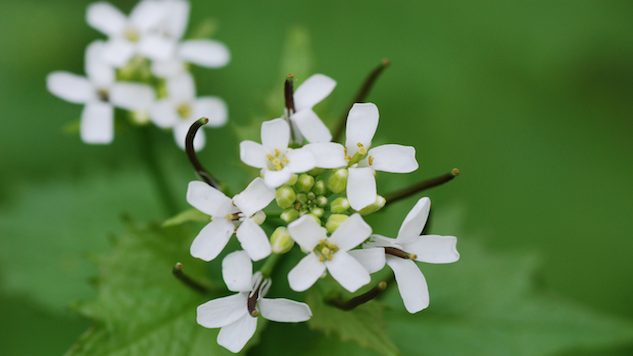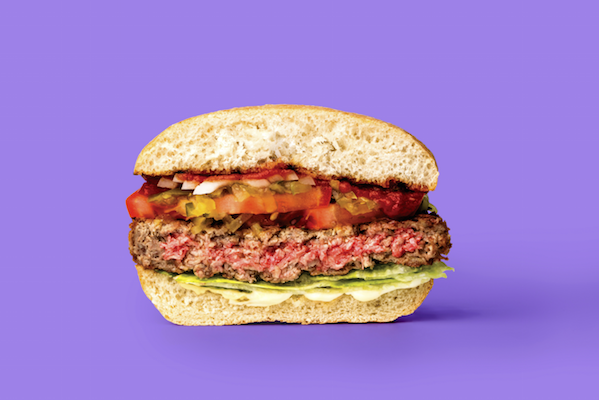7 Foods That Can Help Save the World

If you’ve kept your eye on the news since 45’s inauguration, it’s frighteningly obvious the environment needs our help more than ever. From calling climate change a hoax to massive budget cuts for environmental agencies and programs, green-lighting the Dakota Access Pipeline and asking the EPA to reconsider the Clean Water Act, we, as individuals, might just be the last line of defense.
For those of us hungry for change, there’s a few ways we can eat our way to a better world—or at least try. We have the power to fight back with our stomachs, plates, knives and forks by choosing the foods we spend our money on and put in our mouths. This is by no means a definitive list, but it’s a start. Remember, America is a country of supply and demand, so if you don’t see environmentally-friendly items on the menu or on the shelves, ask for them—repeatedly.
Whether it’s to take on global warming or make a dent in that feisty invasive species, we can actually help save the world, one bite at a time.
1. Lionfish
The venomous spines of a lionfish may look majestic behind the glass of an aquarium, but this invasive species, native to the Indo-Pacific region, has quickly taken over the east coast reef systems of North America. With no natural predators and an undiscerning appetite for anything that will fit into its mouth, the lionfish is rapidly reproducing and decimating up to 95 percent of native Atlantic and Caribbean Sea reef populations. Lucky for us, they are delicious, and our plates have the power to help rein in these self-appointed Kings of the Reef.
-

-

-

-

-

-

-

-

-

-

-

-

-

-

-

-

-

-

-

-

-

-

-

-

-

-

-

-

-

-

-

-

-

-

-

-

-

-

-

-

 Photo courtesy of Impossible Foods
Photo courtesy of Impossible Foods







































